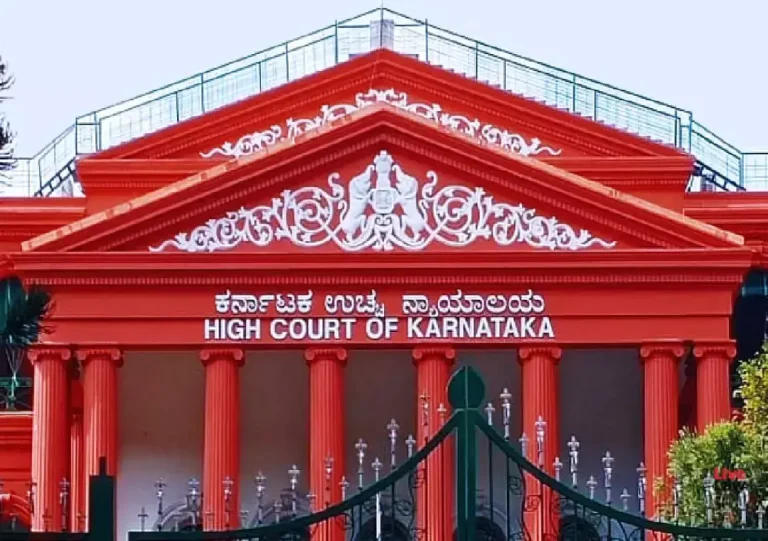
Title: Stubble burning behind one-third of Delhi’s post-monsoon pollution deaths: Study
The post-monsoon season in Delhi is often marred by a thick layer of smog that envelops the city, making it difficult for residents to breathe. The pollution during this period is a major concern, and a recent study has shed light on the main contributor to this problem. According to the study, smoke from crop residue burning in Punjab and Haryana is responsible for nearly one-third of all PM2.5-related deaths in Delhi during the post-monsoon season.
The study, published in the journal Atmospheric Chemistry and Physics, used advanced computer simulations to analyze the sources of particulate matter (PM) in Delhi during the post-monsoon season. The researchers found that transported smoke was the largest single component of particulate matter during peak smog events, contributing nearly 50% of the organic aerosol load in Delhi.
The study’s findings are significant, as they highlight the need for effective measures to reduce the amount of crop residue being burned in Punjab and Haryana. The burning of crop residue is a common practice in these states, as it is seen as a way to clear the fields for the next crop. However, this practice releases large amounts of pollutants into the air, including particulate matter, carbon monoxide, and volatile organic compounds.
The impact of this pollution is severe, particularly for people with pre-existing medical conditions. PM2.5, the type of particulate matter responsible for the majority of the deaths, is particularly harmful because it can penetrate deep into the lungs and cause serious health problems.
The study’s findings are not the first to highlight the issue of crop residue burning in Delhi’s pollution problem. In recent years, there have been numerous studies and reports that have linked the burning of crop residue to poor air quality in Delhi. However, this latest study is significant because it provides a detailed analysis of the sources of PM in Delhi during the post-monsoon season.
The study’s authors used a computer model to simulate the movement of pollutants in the atmosphere and analyzed data from a network of air quality monitoring stations in Delhi. They found that the majority of the PM2.5 in Delhi during the post-monsoon season came from transported smoke, with the largest contribution coming from crop residue burning in Punjab and Haryana.
The study’s findings have significant implications for policymakers in Delhi and the surrounding states. The study suggests that reducing the amount of crop residue being burned in Punjab and Haryana could have a significant impact on reducing PM2.5 levels in Delhi during the post-monsoon season.
There are several ways to reduce crop residue burning, including using alternative methods to clear the fields and providing farmers with incentives to adopt these methods. One promising approach is to use a technique called “in-situ” burning, which involves burning the crop residue in the field rather than removing it. This approach can reduce the amount of pollutants released into the air and also help to reduce the amount of waste sent to landfills.
Another approach is to use a technique called “anaerobic” composting, which involves breaking down the crop residue in the absence of oxygen. This approach can reduce the amount of pollutants released into the air and also produce a valuable fertilizer that can be used in agriculture.
The study’s findings are also significant because they highlight the need for better air quality monitoring and forecasting in Delhi. The study’s authors used data from a network of air quality monitoring stations in Delhi to analyze the sources of PM in the city. However, there are many areas in Delhi where air quality monitoring stations are not available, making it difficult to track pollution levels in these areas.
Improved air quality monitoring and forecasting could help to reduce the impact of pollution on public health in Delhi. For example, if people knew when and where pollution levels were likely to be high, they could take steps to reduce their exposure to pollutants, such as staying indoors or using masks.
In conclusion, the study’s findings highlight the need for effective measures to reduce the amount of crop residue being burned in Punjab and Haryana. The study’s authors suggest that reducing the amount of crop residue being burned could have a significant impact on reducing PM2.5 levels in Delhi during the post-monsoon season. There are several ways to reduce crop residue burning, including using alternative methods to clear the fields and providing farmers with incentives to adopt these methods.
The study’s findings are also significant because they highlight the need for better air quality monitoring and forecasting in Delhi. Improved air quality monitoring and forecasting could help to reduce the impact of pollution on public health in Delhi. The study’s findings are a reminder of the need for continued research and action to address the issue of pollution in Delhi and the surrounding states.






